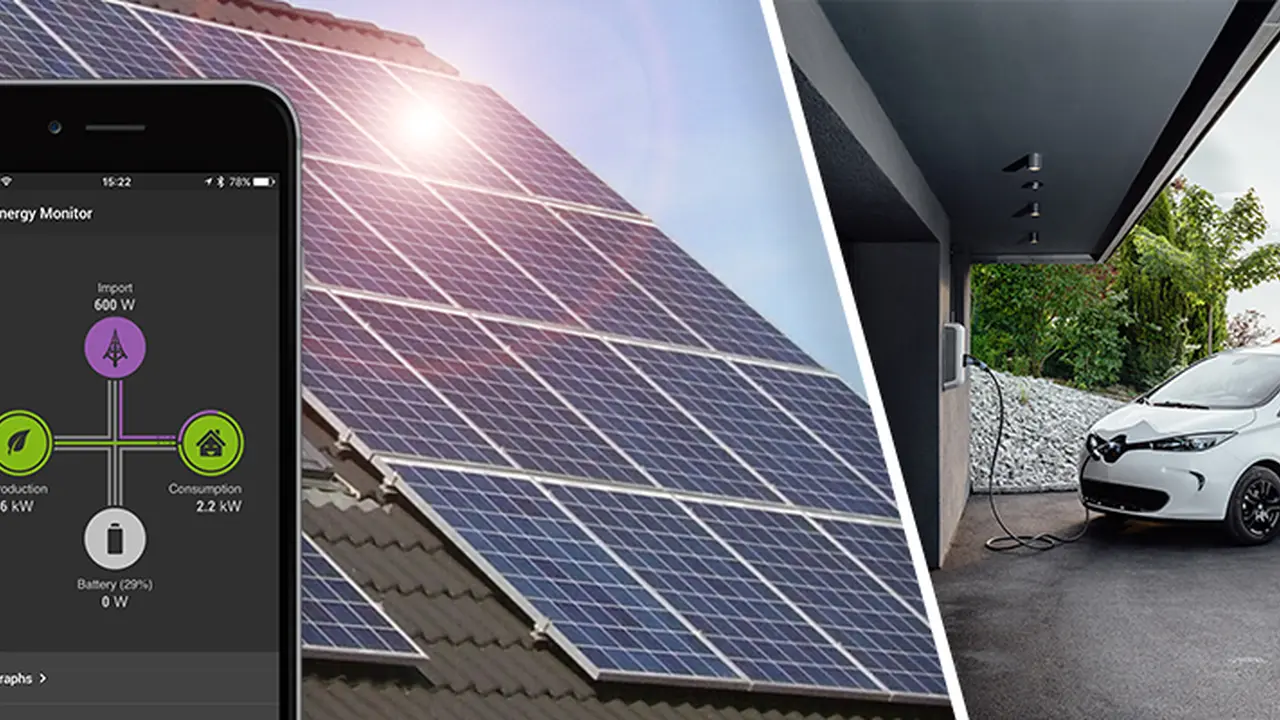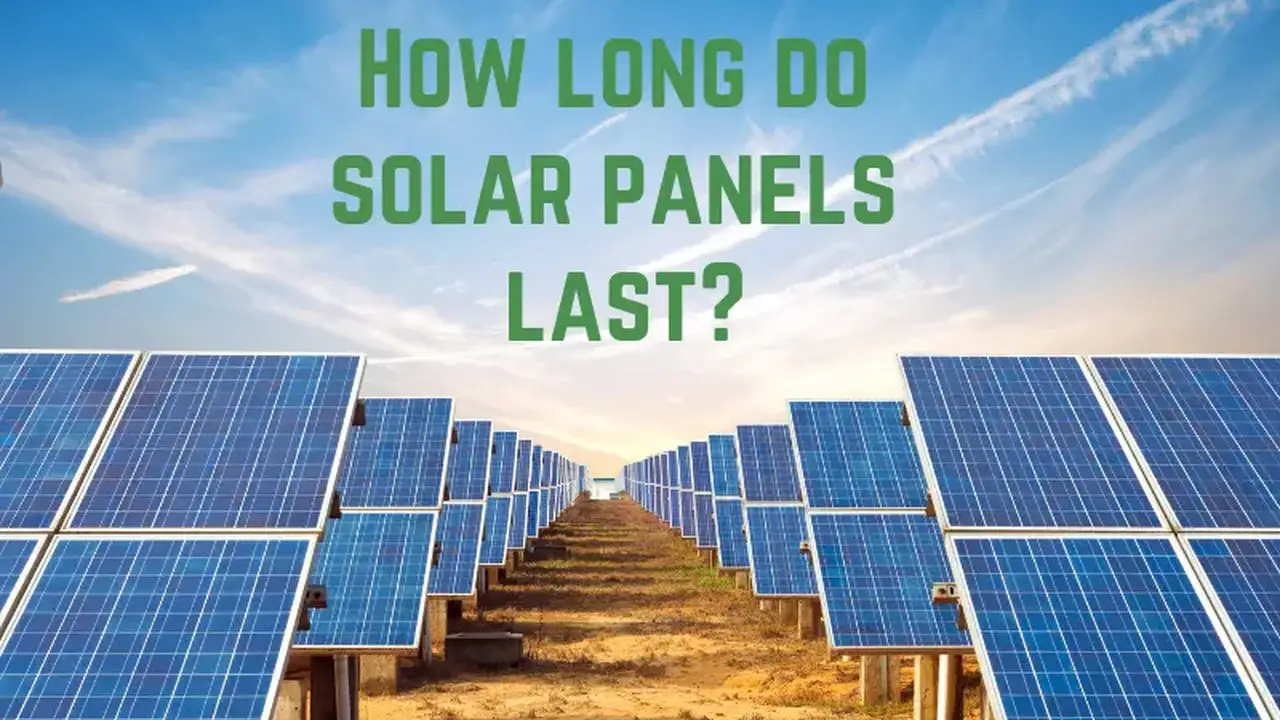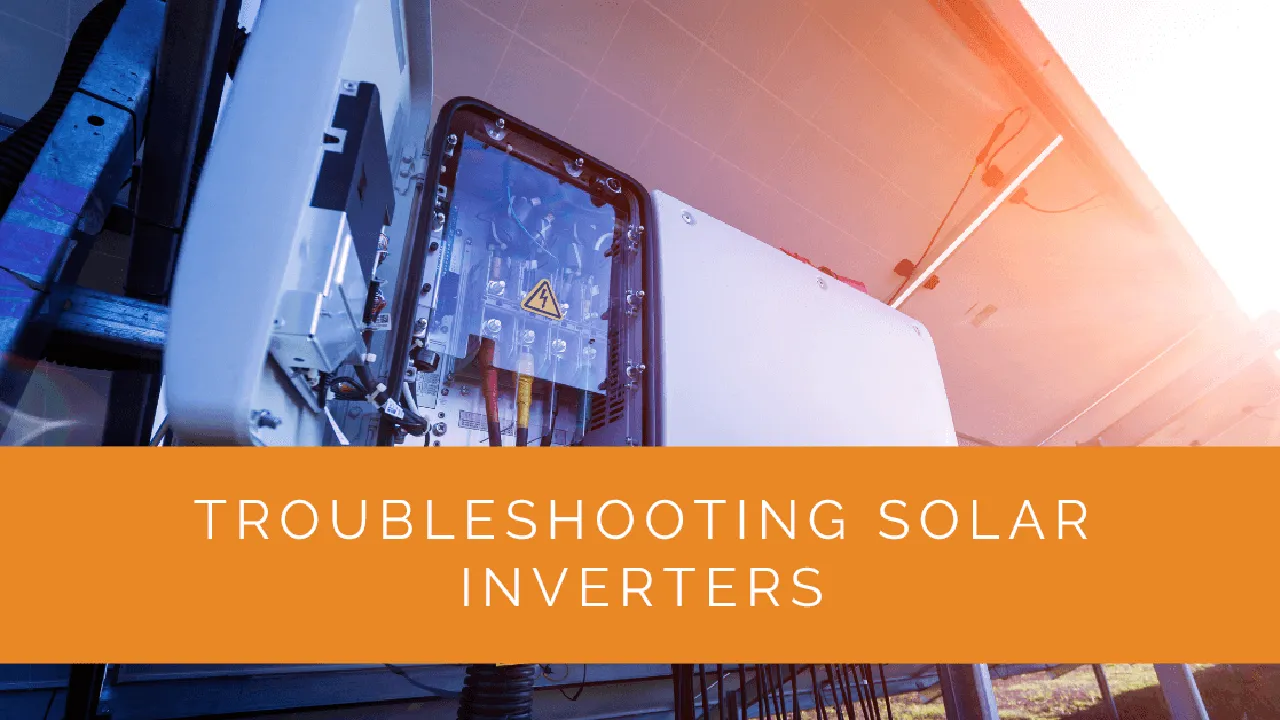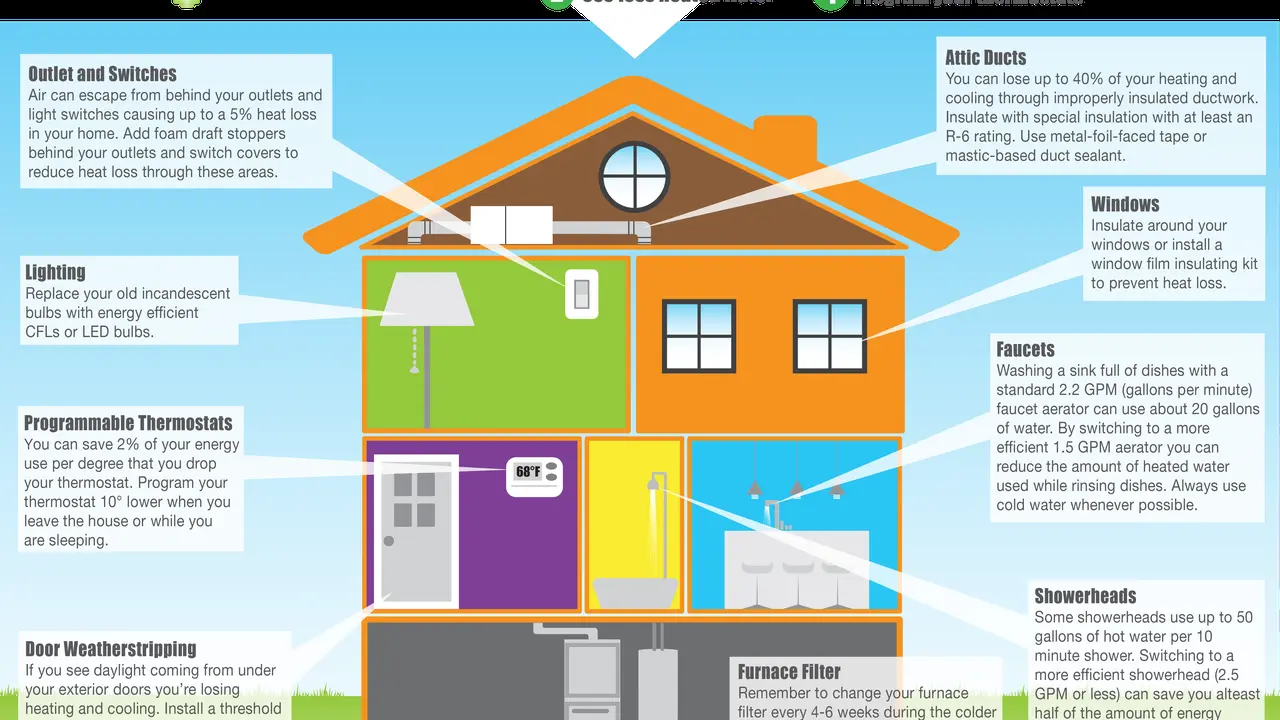Solar Panel and Feed-in Tariffs: Getting Paid for Energy
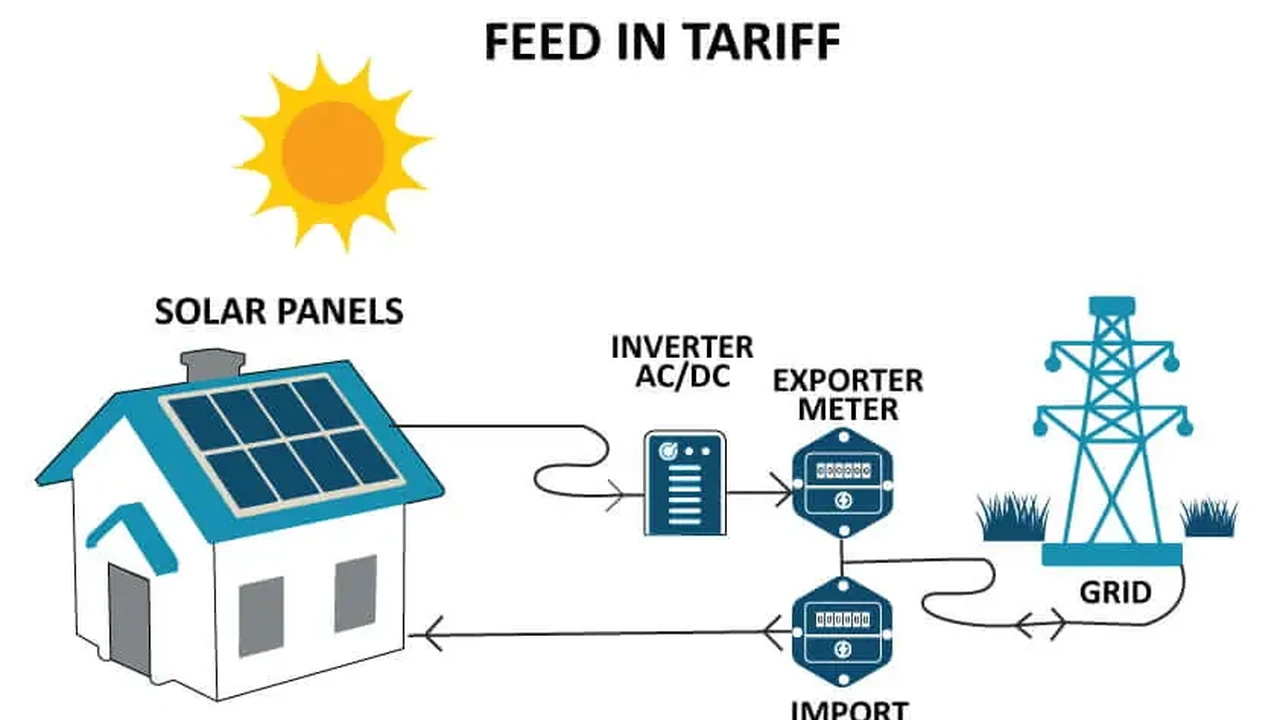
Understanding Solar Feed in Tariffs FITs Explained
So, you've got solar panels on your roof – awesome! Now, how do you actually get paid for the extra electricity you generate and send back to the grid? That's where Feed-in Tariffs (FITs) come in. Think of them as a payment from your energy company for helping them out with clean energy. It's like getting a little bonus for being eco-friendly!
Basically, a FIT is a guaranteed rate you receive for every kilowatt-hour (kWh) of electricity your solar panels generate and export to the grid. The specifics vary depending on where you live (country, state, even your specific utility company), but the general idea is the same: you get paid for your solar power.
The beauty of FITs is that they make solar panel installations even more financially attractive. Not only are you saving money on your electricity bill by using your own solar energy, but you're also earning money by selling excess power back to the grid. It's a win-win!
How Feed in Tariffs Work A Step by Step Guide
Let's break down how FITs typically work:
- You Install Solar Panels: This is the first step, obviously! You'll need to have a grid-tied solar panel system installed by a qualified installer.
- Your System Generates Electricity: The sun shines, your panels generate power. Some of that power is used in your home, and any excess is sent back to the grid.
- Your Meter Measures Export: A special meter (often a "smart meter") tracks how much electricity you're exporting to the grid. This is key for calculating your FIT payment.
- You Receive Payment: Your energy company pays you for the electricity you exported, usually on a monthly or quarterly basis. The rate per kWh is determined by the FIT program in your area.
It's pretty straightforward, right? The key is understanding the FIT program in your area and making sure your system is properly connected and metered.
Benefits of Feed in Tariffs Maximizing Your Solar Investment
FITs offer a bunch of advantages:
- Faster ROI: They significantly shorten the payback period for your solar panel investment. The income from FITs helps offset the initial cost of the system.
- Increased Savings: You're not just saving money on your electricity bill; you're also earning money from your excess power. This double benefit leads to substantial long-term savings.
- Encourages Renewable Energy: FITs incentivize homeowners and businesses to invest in solar energy, contributing to a cleaner and more sustainable energy future.
- Grid Stability: Distributed solar generation, boosted by FITs, can help improve grid stability by providing power closer to where it's needed.
Feed in Tariff Rates What to Expect in Payments
The million-dollar question: how much can you actually earn with FITs? The answer depends on several factors:
- Your Location: FIT rates vary significantly by region and utility company.
- System Size: The larger your solar panel system, the more electricity you're likely to generate and export, leading to higher FIT payments.
- Sunlight Hours: Areas with more sunshine hours will naturally generate more electricity.
- FIT Program Rules: Some programs have caps on payments or specific eligibility requirements.
To get a realistic estimate, contact your local utility company or a reputable solar installer. They can provide information on current FIT rates and help you calculate your potential earnings.
Solar Panel Products for Optimal Feed in Tariff Earnings
Now, let's talk about some specific solar panel products that can help you maximize your FIT earnings. Choosing the right panels is crucial for efficient energy generation and a better return on investment.
High Efficiency Solar Panels for Maximum Power Output
SunPower Maxeon 3: These panels are known for their industry-leading efficiency, often exceeding 22%. This means they generate more power per square foot, which is ideal if you have limited roof space. They are a premium option, but the higher power output and durability can lead to greater long-term savings and FIT earnings.
Use Case: Perfect for homeowners with limited roof space who want to maximize their energy production and FIT income.
Comparison: Compared to standard panels, SunPower Maxeon 3 panels can generate up to 30% more energy over 25 years. While the initial cost is higher, the increased energy production and longer lifespan make them a worthwhile investment.
Price: Expect to pay a premium, typically around $3.50 - $4.50 per watt installed.
Cost Effective Solar Panels for Budget Conscious Homeowners
REC Group Alpha Series: REC panels offer a great balance of performance and affordability. They are highly efficient and come with a comprehensive warranty, making them a reliable choice for homeowners on a budget.
Use Case: Ideal for homeowners who want a good quality solar panel system without breaking the bank. They are suitable for a variety of roof types and climates.
Comparison: REC panels are more affordable than SunPower panels, but still offer excellent efficiency and reliability. They are a great option for homeowners who want to maximize their FIT earnings without overspending.
Price: Expect to pay around $2.50 - $3.50 per watt installed.
Thin Film Solar Panels for Unique Applications
First Solar Series 6: These panels use thin-film technology, which makes them lightweight and flexible. They are a good option for commercial buildings or homes with unconventional roof designs.
Use Case: Suitable for large-scale solar projects or homes with curved or uneven roofs. They are also a good option for areas with high temperatures, as they tend to perform better in hot climates than traditional silicon panels.
Comparison: Thin-film panels are generally less efficient than silicon panels, but they are more affordable and can be easier to install. They are a good option for homeowners who prioritize cost and flexibility over maximum power output.
Price: Expect to pay around $2.00 - $3.00 per watt installed.
Solar Inverters Optimizing Your Energy Conversion
The inverter is a critical component of your solar panel system. It converts the direct current (DC) electricity generated by the panels into alternating current (AC) electricity, which can be used to power your home or sent back to the grid. Choosing the right inverter is essential for maximizing your FIT earnings.
String Inverters The Traditional Choice
SMA Sunny Boy: SMA inverters are known for their reliability and efficiency. They are a popular choice for residential solar panel systems. They are a string inverter, meaning that all the panels are connected in a series.
Use Case: Suitable for homes with simple roof designs and minimal shading. They are a cost-effective option for homeowners who want a reliable and efficient inverter.
Comparison: String inverters are less expensive than microinverters, but they are also less flexible. If one panel in the string is shaded, the entire string's output will be reduced. However, for systems with minimal shading, string inverters are a great option.
Price: Expect to pay around $1,500 - $2,500 per inverter.
Microinverters Individual Panel Optimization
Enphase IQ7: Enphase microinverters are installed on each individual solar panel. This allows for independent panel optimization, which means that shading on one panel will not affect the output of the other panels. Microinverters also provide panel-level monitoring, which can help you identify and address any performance issues.
Use Case: Ideal for homes with complex roof designs or significant shading. They are also a good option for homeowners who want maximum energy production and panel-level monitoring.
Comparison: Microinverters are more expensive than string inverters, but they offer greater flexibility and performance. They are a good investment for homeowners who want to maximize their FIT earnings and ensure the long-term reliability of their solar panel system.
Price: Expect to pay around $200 - $300 per microinverter (per panel).
Hybrid Inverters Battery Storage Integration
SolarEdge StorEdge: SolarEdge hybrid inverters allow you to integrate battery storage into your solar panel system. This can help you reduce your reliance on the grid and maximize your self-consumption of solar energy. It can also provide backup power in the event of a power outage.
Use Case: Suitable for homeowners who want to store excess solar energy for later use or who want to have backup power in case of an outage. They are also a good option for homeowners who want to reduce their reliance on the grid.
Comparison: Hybrid inverters are more expensive than string inverters, but they offer the added benefit of battery storage integration. They are a good investment for homeowners who want to maximize their energy independence and resilience.
Price: Expect to pay around $3,000 - $5,000 per inverter (plus the cost of the battery).
Navigating Feed in Tariff Programs Application and Requirements
Okay, you've got your panels, your inverter, and you're ready to start earning those FIT payments. But before you start counting your money, you need to navigate the application process. This can vary depending on your location, but here are some general steps:
- Research Your Local FIT Program: Start by contacting your local utility company or checking their website. They should have detailed information about their FIT program, including eligibility requirements, application procedures, and payment rates.
- Get a Qualified Solar Installer: A reputable solar installer can guide you through the application process and ensure that your system meets all the necessary requirements. They can also help you with the paperwork and inspections.
- Submit Your Application: You'll need to fill out an application form and provide documentation such as proof of ownership, system specifications, and electrical permits.
- System Inspection: Your utility company may require an inspection to ensure that your system is properly installed and meets safety standards.
- Metering Installation: The utility company will install a meter that tracks the amount of electricity you export to the grid.
- Agreement and Payments: Once your application is approved and your system is connected, you'll sign an agreement with the utility company and start receiving FIT payments.
Be prepared for some paperwork and potential delays. The application process can sometimes be a bit bureaucratic, but it's worth it in the end!
Future of Feed in Tariffs What to Expect Next
The landscape of FITs is constantly evolving. As solar energy becomes more mainstream, some regions are phasing out FITs in favor of other incentive programs, such as net metering or tax credits. It's important to stay informed about the latest developments in your area.
Even if FITs are being phased out, solar energy is still a smart investment. Net metering allows you to offset your electricity bill by sending excess power back to the grid, and tax credits can significantly reduce the upfront cost of your system.
Regardless of the specific incentive program, the trend is clear: renewable energy is the future, and solar panels are a key part of that future. By investing in solar energy, you're not only saving money and earning income, but you're also contributing to a cleaner and more sustainable world.
:max_bytes(150000):strip_icc()/277019-baked-pork-chops-with-cream-of-mushroom-soup-DDMFS-beauty-4x3-BG-7505-5762b731cf30447d9cbbbbbf387beafa.jpg)



